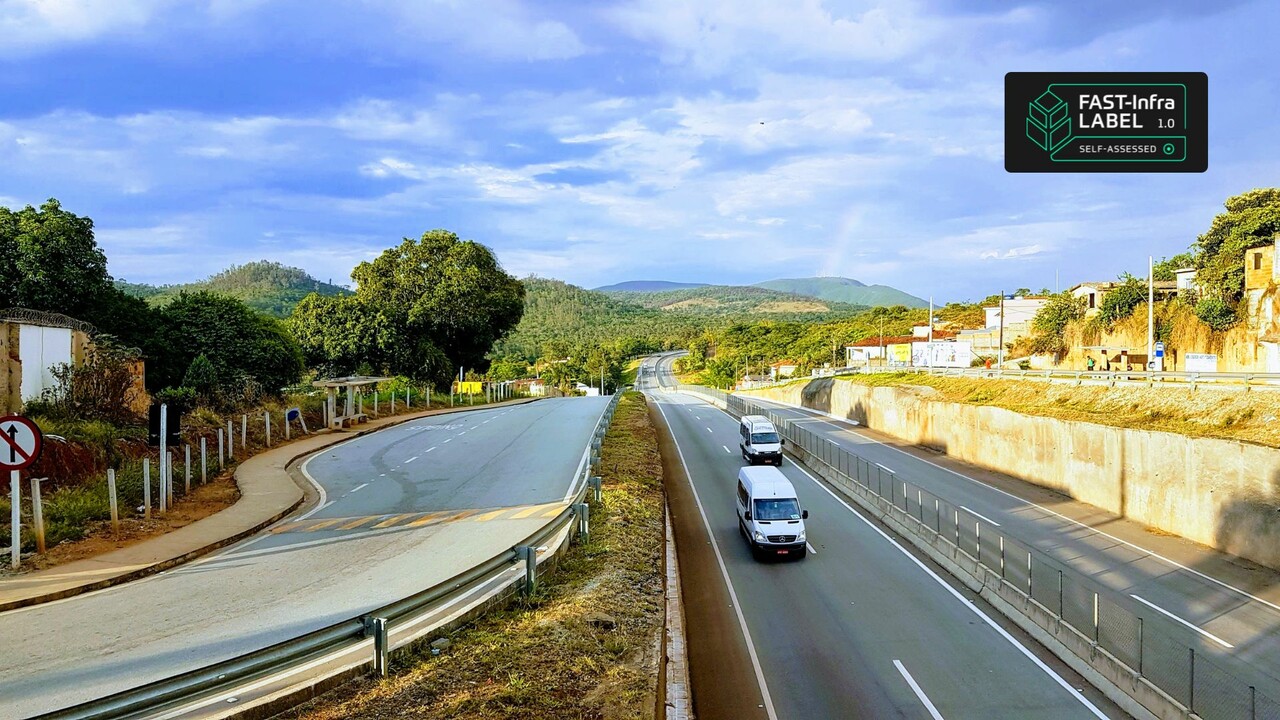
PPP Lote Ouro Preto - Estado de Minas Gerais
What’s a Rich Text element?
The rich text element allows you to create and format headings, paragraphs, blockquotes, images, and video all in one place instead of having to add and format them individually. Just double-click and easily create content.

Static and dynamic content editing
A rich text element can be used with static or dynamic content. For static content, just drop it into any page and begin editing. For dynamic content, add a rich text field to any collection and then connect a rich text element to that field in the settings panel. Voila!
- A rich text element can be used with static or dynamic content. For static content, just drop it into any page and begin editing. For dynamic content, add a rich text field to any collection and then connect a rich text element to that field in the settings panel. Voila!
- test
- t to that field
- t to that field
-
How to customize formatting for each rich text
How to customize formatting for each rich text
How to customize formatting for each rich text
Headings, paragraphs, blockquotes, figures, images, and figure captions can all be styled after a class is added to the rich text element using the "When inside of" nested selector system.
Minas Gerais is taking a decisive step to modernize its road network and unlock regional development with the Via Liberdade road concession, creating value for communities and offering investors a resilient, long‑term asset in Brazil. Recently the project has earned the FAST‑Infra Self‑Assessed Label, demonstrating the State’s commitment to sustainability, safety, and governance.
A strategic investment in connectivity and safety
Also known as Lot 7 of the State of Minas Gerais Road Concessions Program, Via Liberdade spans 190.1 km and crosses 11 municipalities - Nova Lima, Rio Acima, Itabirito, Ouro Preto, Mariana, Acaiaca, Barra Longa, Ponte Nova, Urucânia, Piedade de Ponte Nova, and Rio Casca. It connects MG‑329 (Rio Casca) through MG‑262 and BR‑356 to BR‑040 (Nova Lima), forming a vital corridor for logistics, tourism, and the regional economy.
With a 30‑year concession term, the project is engineered to markedly enhance safety and user experience. Key interventions include:
- Total duplication of BR‑356 (Nova Lima-Mariana), with geometric improvements and safer layouts.
- Third lanes and shoulders to improve traffic flow and overtaking safety.
- New bypasses and accesses, including the 7.3 km Cachoeira do Campo road contour (dual carriageway).
- Pedestrian overpasses, marginal road corrections, and rest areas for drivers.
- Critical curve realignments and a dedicated escape area near the Serra da Santa descent (Itabirito).
- 24/7 assistance for users: medical response within 30 minutes and mechanical assistance within 1 hour.
- Deployment of an Operational Control Center and three operational service bases.
- A Stop and Rest Point (PPD) near Amarantina to support professional freight and passenger drivers.
Collectively, these measures are expected to deliver a reduction of up to 65% in fatal accidents, a central priority reflected in the project’s FAST‑Infra assessment criteria on health and safety.
Faster journeys and a better user experience
The corridor upgrades will shorten travel times and bring predictability to daily journeys:
- Belo Horizonte - Rio Casca: at least 40 minutes faster.
- Belo Horizonte - Ouro Preto: about 20 minutes faster.
To keep vehicles moving smoothly, the concession will introduce a modern, free‑flow electronic tolling system - with collection starting only after the first‑year interventions have been delivered. Four automatic toll points are planned:
- BR‑356: Itabirito and Ouro Preto (2)
- MG‑262: Acaiaca (1)
- MG‑329: Ponte Nova (1)
From January 2027, a typical trip from Belo Horizonte to Mariana/Ouro Preto is projected to cost R$ 11.16 in tolls (subject to regulatory updates).
Momentum, funding, and governance
The Government of Minas Gerais - through the State Secretariat of Infrastructure, Mobility and Partnerships (Seinfra) - published the concession notice on March 28, 2025. The bidding session is scheduled for September 18, 2025, at the B3 Stock Exchange in São Paulo, with contract signing expected in January 2026.
The project foresees ~R$ 6 billion in investments, of which R$ 2 billion comes from the New Mariana Agreement. Signed in October 2024 by federal and state authorities, oversight bodies, and the companies responsible for the 2015 dam disaster (Samarco, Vale, and BHP Billiton Brasil), the agreement channels resources to repair and recovery initiatives. At the state level, the Pró‑Rio Doce Committee (Seplag‑MG) coordinates execution.
Governance and regulatory confidence are further strengthened by the planned creation of ARTEMIG, an independent regulatory agency that will enhance technical oversight, legal certainty, and predictability for this and future concessions. The project also benefits from collaboration with the Inter‑American Development Bank (IDB) and specialized consulting firms.
Culture, tourism, and inclusive growth
Via Liberdade aligns with state initiatives led by the Secretariat of Culture and Tourism (Secult‑MG) to pair infrastructure with tourism development - valuing historical heritage while improving mobility and safety. The project’s name underscores the symbolic Ouro Preto–Mariana route and connects with the Via Liberdade tourist itinerary (launched in 2022) that links Rio de Janeiro to Brasília via Minas Gerais.
Tourism is a major economic engine: according to Secult‑MG, 36% of visitors come primarily for the State’s rich historical‑cultural assets, generating ~R$ 5 billion per year. By delivering a permanent solution for the Rio Casca-Belo Horizonte logistics corridor - and an alternative route to BR‑381 and Espírito Santo—the concession is poised to attract new businesses and jobs while making cultural destinations safer and more accessible.
Recognized by the FAST‑Infra Label
Via Liberdade is Brazil’s first road concession to earn the FAST‑Infra Self‑Assessed Label. The recognition validates adherence to robust environmental, social, legal, resilience, and governance practices and highlights measurable contributions to health and safety. For investors, the Label offers an additional layer of confidence, aligning stakeholder interests and helping to catalyze financing for resilient infrastructure projects.





